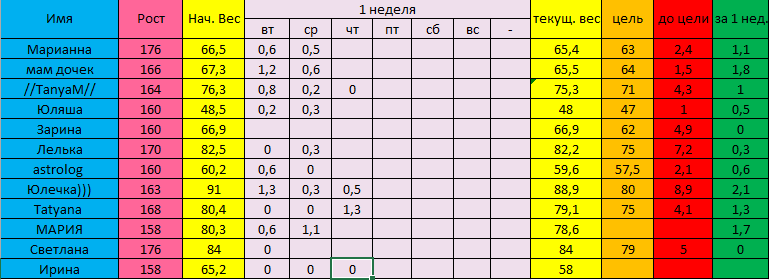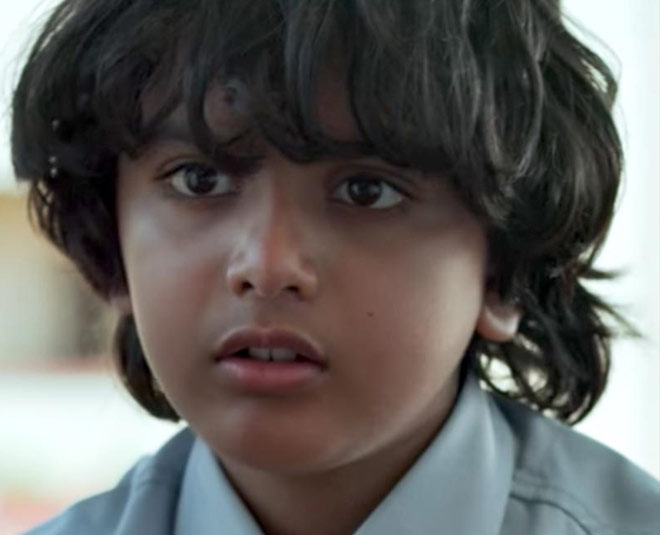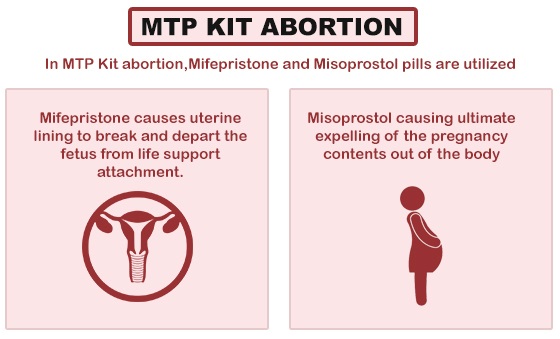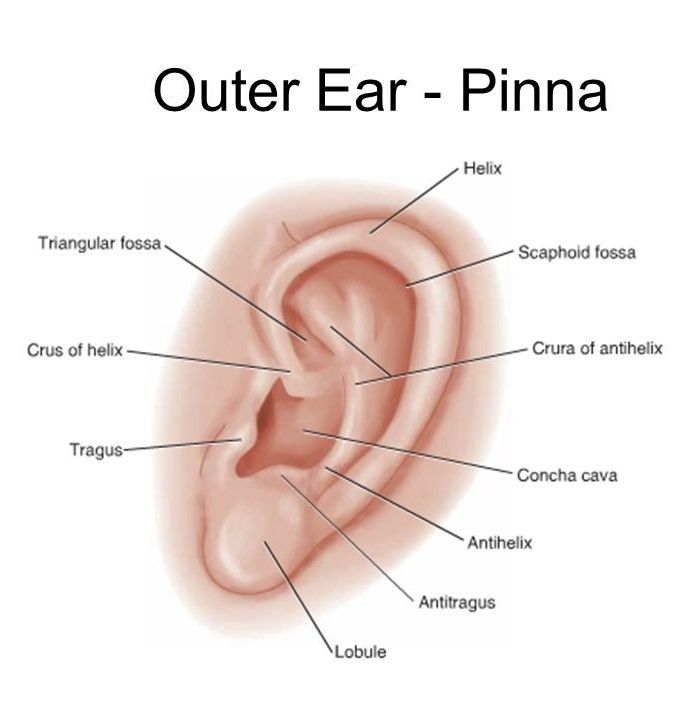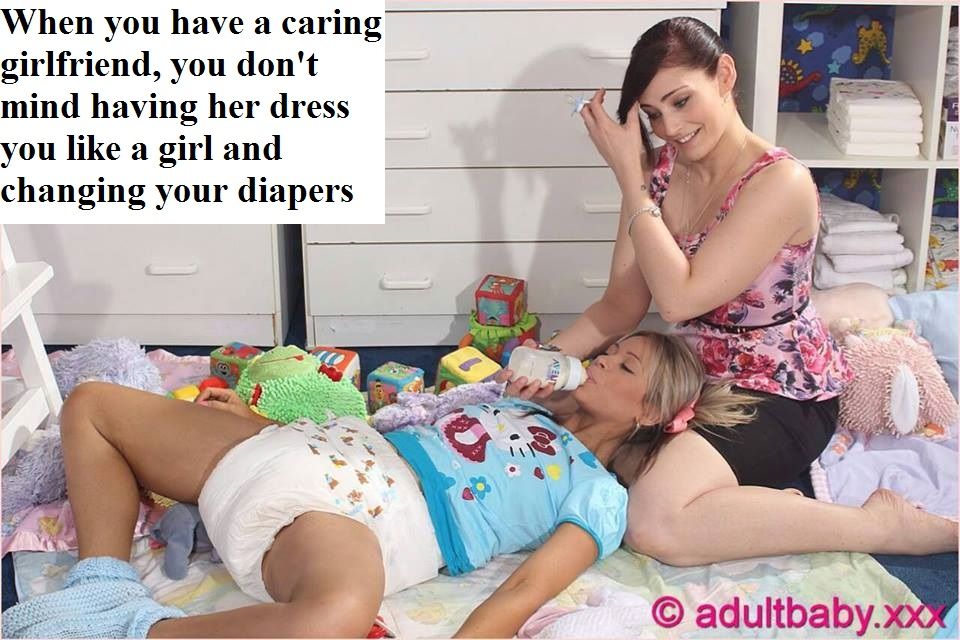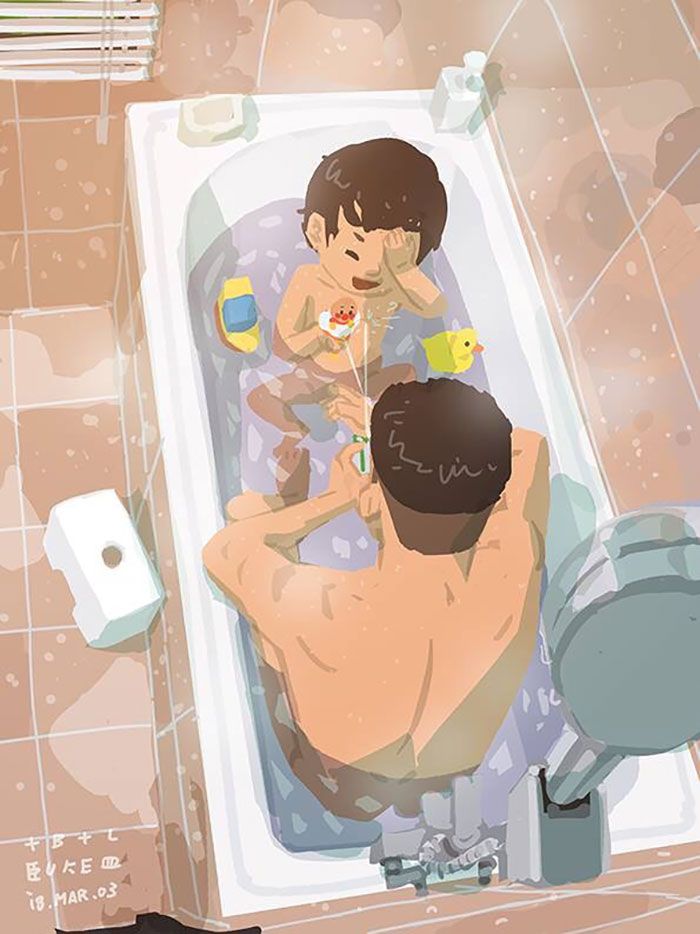How to check the iq level of a child
IQ Tests and Your Child
If you suspect a problem at school or your child complains that he or she is bored or unchallenged in class, it might be beneficial have evidence of his or her learning capacity. The results may help you better understand your child’s specific strengths, weaknesses and potential ability. They also may help your child’s teacher recognize the level of reasoning, knowledge, and skills your child has already mastered so as to appropriately match curriculum and instruction to your child’s abilities. Please visit our site to learn more about assessment.
SHOULD MY CHILD HAVE AN IQ TEST?
If your child is challenged by the learning environment in which he or she is currently placed, there is little reason for requesting additional testing. The teachers in the school are responding to your child’s characteristics and an IQ score will do little to enhance his or her education. On the other hand, if you suspect a problem at school or your child complains that he or she is bored or unchallenged in class, it might be beneficial have evidence of his or her learning capacity. In addition, IQ testing may be helpful in gaining admission to educational opportunities that are available only to students with a demonstrated level of aptitude.
WHAT CAN AN IQ TEST TELL ME ABOUT MY CHILD?
IQ tests assess general intellectual ability, which comprises verbal and logical thinking skills in the most traditional sense. General intellectual ability, as reflected in IQ scores, is the best overall predictor of school achievement and educational success; hence intelligence tests are often one of the assessments used to identify exceptional general intellectual ability in children.
Because it assesses specific logical, spatial, memory, and verbal skills, IQ testing can be helpful if your child is having a problem in school. The results can help determine if your child is underachieving given his or her level of potential or, possibly, suggest the need for further evaluation of a potential learning disability.
WHAT WILL IT NOT TELL ME?
Experts agree that intelligence is multi-faceted, displayed in many different ways, and multiple measures should be used when assessing for giftedness. And although helpful in understanding specific cognitive abilities, an IQ score alone does not determine a student’s educational needs, the curriculum most appropriate for him or her, or whether or not he or she will be a good fit for a particular program. For these reasons, IQ testing should only comprise one part of any process for identifying gifted children.
And although helpful in understanding specific cognitive abilities, an IQ score alone does not determine a student’s educational needs, the curriculum most appropriate for him or her, or whether or not he or she will be a good fit for a particular program. For these reasons, IQ testing should only comprise one part of any process for identifying gifted children.
TYPES OF IQ TESTS
Individualized intelligence tests take considerable time to administer and interpret, but they provide the most comprehensive information about overall general aptitude. They must be administered by licensed psychologists or psychometricians. Group intelligence tests often underestimate the scores received on individual tests. If you are requesting that your child be assessed, request that a school psychologist administer an individualized test.
The most widely used individual IQ tests for school-aged youngsters, and the most valid and reliable of the measures are the Wechsler Intelligence Scale for Children – Fifth Edition (WISC-V), the Wechsler Preschool and Primary Scale of Intelligence – Fourth Edition (WPPSI-IV) and the Stanford Binet Intelligence Scales.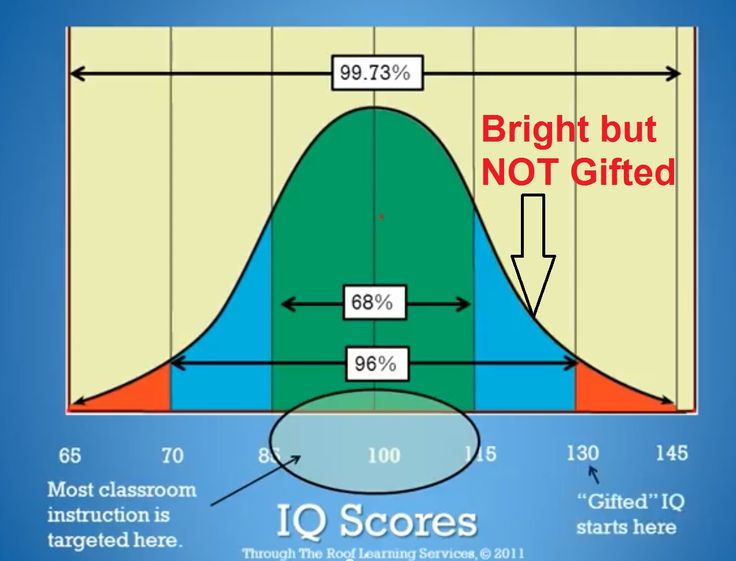
WHAT ARE THESE TESTS LIKE? WHAT WILL THE SCORES MEAN?
Individual IQ tests do not require reading or writing, and each consists of a series of subtests. Some are verbal subtests that are oral questions, usually without time limits. Other subtests are generally visual or spatial in nature, and usually are timed. The test takes about 1 to 2 hours to administer.
The psychologist will use subtest scores to identify relatively weak or strong areas of performance (e.g., verbal ability as manifested by vocabulary or mathematical reasoning ability).
The “Full Scale” or “Composite” IQ score based on all or most of the subtests, is the number most people are referring to when discussing someone’s IQ. (Unless otherwise specified, when “IQ” is mentioned in this column, it will mean Full Scale IQ.)
The developers of IQ tests use mathematical calculations to find the mean or average score. An IQ score from 90 to 110 is generally considered average, corresponding to roughly the middle 50 percent of the population.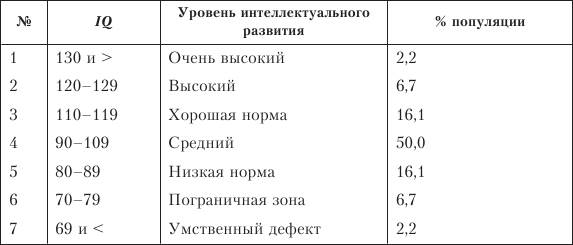 If we just look at the scores at the high end, 2-3 percent of the population will have IQ scores above 130. An IQ score of 145 should occur 0.1 percent of the time or one time in 1,000.
If we just look at the scores at the high end, 2-3 percent of the population will have IQ scores above 130. An IQ score of 145 should occur 0.1 percent of the time or one time in 1,000.
No IQ score should be considered an exact measure of intellectual ability. For example, good guesses may artificially increase an IQ estimate or having a bad day may decrease the estimate. There are many factors that might make an individual score vary a little from one occasion to another on any test. These include anxiety, motivation, rapport with the examiner, and guessing. Hence, psychologists will most often present a range of scores. A psychologist is likely to say, “Your child’s IQ falls in the range 123-137. This is the exceptional range.” This range takes into account the random error of testing.
A WISC IQ score will not be the same as a SB IQ because the test items are different, the children to whom your child is compared are different, and the ideas that underlie the construction of the test differ. However, the scores are highly correlated. That is, children who earn higher scores on one test tend to earn higher scores on the other. Individuals with the same IQ are still very different people, with different strengths and weaknesses, behaviors, and personalities. A child’s IQ score tells us about only one dimension of a person. IQ is not the best measure or predictor for everyone or for all success measures. IQ tests do not measure creativity, leadership, initiative, curiosity, commitment, artistic skill, musical talent, social skills, emotional well-being, or physical prowess – all components which can be included in definitions of giftedness. There is considerable evidence that students who are economically disadvantaged, from ethnic minorities, and/or speak English as a second language generally receive a lower score on IQ tests. This is a fault in the tests, not the students.
However, the scores are highly correlated. That is, children who earn higher scores on one test tend to earn higher scores on the other. Individuals with the same IQ are still very different people, with different strengths and weaknesses, behaviors, and personalities. A child’s IQ score tells us about only one dimension of a person. IQ is not the best measure or predictor for everyone or for all success measures. IQ tests do not measure creativity, leadership, initiative, curiosity, commitment, artistic skill, musical talent, social skills, emotional well-being, or physical prowess – all components which can be included in definitions of giftedness. There is considerable evidence that students who are economically disadvantaged, from ethnic minorities, and/or speak English as a second language generally receive a lower score on IQ tests. This is a fault in the tests, not the students.
Full-scale scores on an IQ test may be lower for a gifted student who also has a learning disability; however a trained psychologist will be likely to see discrepancies in performance on the sub-scales, which may suggest a possible learning disability.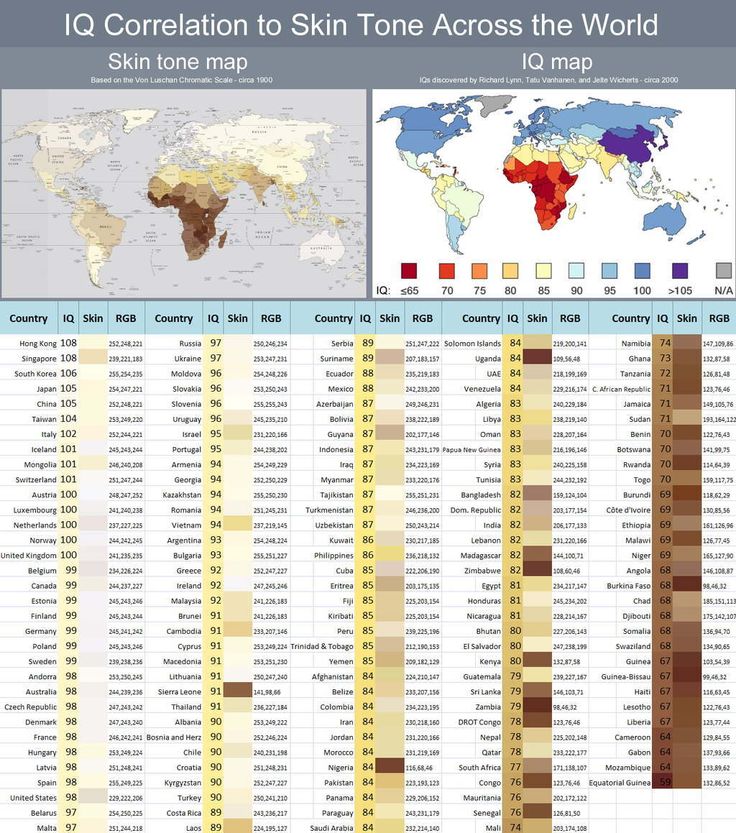
WHAT CAN I EXPECT AS A RESULT OF TESTING?
The results may help you better understand your child’s specific strengths, weaknesses and potential ability. They also may help your child’s teacher recognize the level of reasoning, knowledge, and skills your child has already mastered so as to appropriately match curriculum and instruction to your child’s abilities. The results may also be used by a teacher or other school administrator as the basis for admission to a program for children with similar abilities or interests.
It is also possible that nothing changes for your child as a result of the testing; the outcome is different for every family, and every school with which they are working.
HOW CAN I HELP PREPARE MY CHILD FOR TESTING?
The best ways to help prepare your child for the testing experience include:
• Relaxing. If you are nervous, your child will be too.
• Explaining that the session will involve puzzles and games and most kids find it really fun.
• Noting that the psychologist wants to see how he/she likes to solve problems, so they should just try their best, and feel free to guess if they don’t know the answer.
• Ensuring he/she gets a good night’s sleep the night before and eats a healthy breakfast the day of the test
• After the test, praising his/her effort and allowing some down time. The testing experience can be mentally taxing for some children.
Please do not try to prepare your child by presenting him or her with questions from the IQ test.
These tests are designed to present children with unfamiliar types of problems to see how well they adapt. Therefore, exposing your child to test content would make the testing completely invalid, and he or she would not be able to take another one for at least a year due to the likelihood of remembering items. If your child has taken an IQ test within the past 12 months, please let us know as soon as possible. Also, refrain from offering your child a reward or prize for earning a certain score; instead, praise effort and engagement in the testing session.
Reference: Callahan, C. M. & Eichner, H. (2010). I.Q. Tests and your child. Washington D.C.: National
Association of Gifted Children. Retrieved October 18, 2010 from
http://www.nagc.org/index.aspx?id=960
How to calculate your (child's) Intelligent Quotient
How to calculate your (child’s) Intelligent Quotient
Posted on by Chika Akanoh
In psychology, intelligence refers to the cognitive abilities of an individual to learn from experience to reason well and to cope with demands of daily living. It relates to how an individual is coping with the world around him or her.
The Intelligent Quotient is obtained by dividing the mental age (MA) by the chronological age (CA) so that children of different chronological age can be compared. To remove the decimal point, the result is multiplied by 100. Therefore, IQ = MA/CA X 100. For example, if a child’s mental age is 6yrs 6months and his chronological age is also 6yrs 6months, then his IQ is 100. IQ that is over 100 indicates that the person is more intelligent than average. If the MA is 10, CA is only 8yrs, then IQ = 10/8X100 = 125. Conversely, if IQ is less than 100 it indicates that the individual is less intelligent than average. A child with CA of 10yrs and an MA of 7yrs is calculated as 7/10X100 = 70.
Therefore, IQ = MA/CA X 100. For example, if a child’s mental age is 6yrs 6months and his chronological age is also 6yrs 6months, then his IQ is 100. IQ that is over 100 indicates that the person is more intelligent than average. If the MA is 10, CA is only 8yrs, then IQ = 10/8X100 = 125. Conversely, if IQ is less than 100 it indicates that the individual is less intelligent than average. A child with CA of 10yrs and an MA of 7yrs is calculated as 7/10X100 = 70.
What this means is that how old you are (chronologically) has nothing to do with how intelligent you would become. Apparently, this is one psychological reason why we have some adults reasoning like children and some youngsters or adolescents reasoning better than some adults. However, there is a certain chronological age that you will attain and the ability to learn new skills for new problems begins to decline. That is why it is often advised that men who are too old do not hold sensitive positions that require a lot of creativity.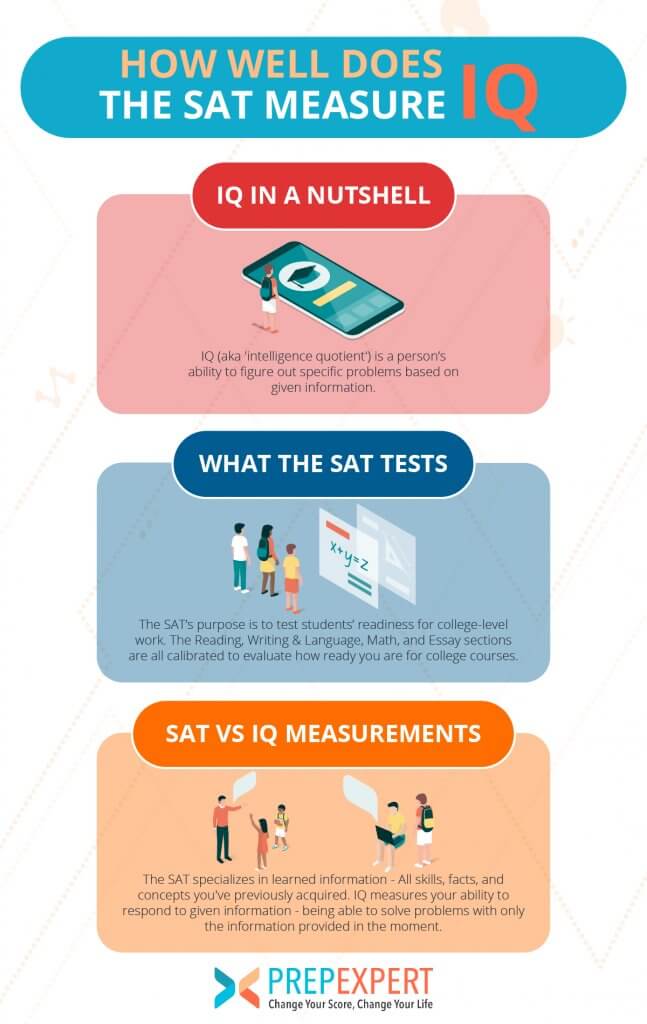 When people in this class attain such age, they will only be able to use the previously learnt skills (traditionally referred to as wisdom) to solve new problems – some of which end up with defects. People with higher than average intelligence show more high and very low in specific facets of their intelligence than people with below average intelligence.
When people in this class attain such age, they will only be able to use the previously learnt skills (traditionally referred to as wisdom) to solve new problems – some of which end up with defects. People with higher than average intelligence show more high and very low in specific facets of their intelligence than people with below average intelligence.
There are basically two types of intelligence; Fluid and Crystallized Intelligence. Fluid Intelligence has to do with the ability to learn or invent new strategies for solving new kinds of problem, while Crystallized Intelligence is the ability to use previously learnt skills to solve familiar problems. Meanwhile, the ability to learn new skills decline from middle age (45-60)
There are also seven dependent types of Intelligence; Linguistic, Logical, Musical, Artistic, Kinesthetic, Interpersonal (athletic), Intrapersonal (personal adjustment). For example, great skills reflect intelligence just as much as mathematical skills.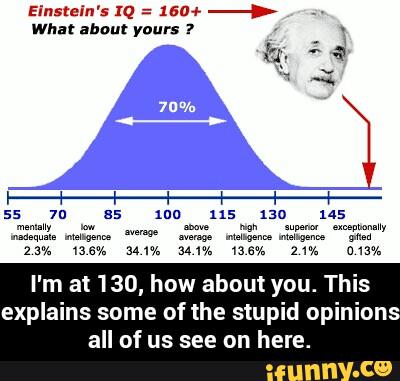 Ironically, most people only focus on verbal and logical aspects to refer to an individual as highly intelligent. In this case, President Barack Obama will be assumed to be more intelligent than President Goodluck Jonathan, simply because the former is more vocal in his speeches than the latter.
Ironically, most people only focus on verbal and logical aspects to refer to an individual as highly intelligent. In this case, President Barack Obama will be assumed to be more intelligent than President Goodluck Jonathan, simply because the former is more vocal in his speeches than the latter.
There are factors that can influence intelligence significantly. Heredity and our experiences combine to determine how intelligent we would be. Intelligence can also be enhanced by enriching young children’s intellectual environment. For instance, the kind of clique or folks a child associate with can serve as a determinant. The books, films, music, magazines and other sources of information can also play a role. Furthermore, proper nutrition can influence how intelligent an individual will churn out to be. When a child is properly nourished, it helps the brain to develop normally and the part that is responsible for intelligence and reasoning – cerebrum will be ignited.
Technically, intelligence must not be mistaken for brilliance as there is a thin line difference between both variables. Brilliant people do not often get to the apogee of their career but intelligent people can navigate their way to the top. No matter how cumbersome or tedious a task is, an intelligent person will always prove a point – out of creativity – but brilliant minds are so narrow-minded that they never think there could be several other ways out of the predicament. Using the university setting as a case study, it is invariably convenient to hypothetically state that brilliant students are often retained in the classrooms as lecturers while the intelligent students explore the world beyond the four walls of the university. For instance, in the 2010/2011 academic session, the University of Ibadan awarded scholarships to 75 students who graduated with a first class honor. The psychology behind this is to retain the students in the system and perhaps have them succeed the older lecturers. But the intelligent students among their set will hustle up their way out of the four walls to the corridors of power or some other topmost leadership positions.
Brilliant people do not often get to the apogee of their career but intelligent people can navigate their way to the top. No matter how cumbersome or tedious a task is, an intelligent person will always prove a point – out of creativity – but brilliant minds are so narrow-minded that they never think there could be several other ways out of the predicament. Using the university setting as a case study, it is invariably convenient to hypothetically state that brilliant students are often retained in the classrooms as lecturers while the intelligent students explore the world beyond the four walls of the university. For instance, in the 2010/2011 academic session, the University of Ibadan awarded scholarships to 75 students who graduated with a first class honor. The psychology behind this is to retain the students in the system and perhaps have them succeed the older lecturers. But the intelligent students among their set will hustle up their way out of the four walls to the corridors of power or some other topmost leadership positions. Paradoxically, some would even end up as either state or federal lawmakers, thereby making laws for even those who are assumed to be brilliant. Certainly, we must never goof by assuming that brilliancy is the same thing as intelligence.
Paradoxically, some would even end up as either state or federal lawmakers, thereby making laws for even those who are assumed to be brilliant. Certainly, we must never goof by assuming that brilliancy is the same thing as intelligence.
Have you ever heard that “INTELLECTUALS RULE THE WORLD”? This is substratum!
To find more articles like this, kindly click here
credits: Simeon Christian Chukwu
IQ test for children
- 1.- How to find out what level of intelligence a child has?
- 2.- Why evaluate children with an IQ test?
- 3.- IQ test for children from 2 to 3 years old
- 4.- What tests are most commonly used to measure the intelligence of children aged 2 to 3?
- 5.- BATELLE: Development inventory
- 6.- BAS II: Intellectual Ability Scale
- 7.- Intelligence test for children from 4 to 6 years old
- 8.
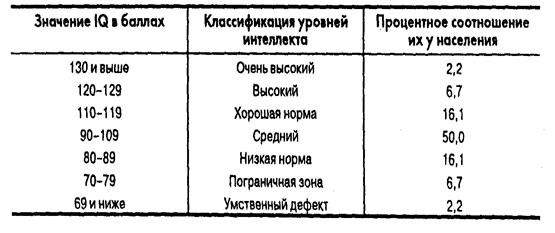 - How can I find out the mental age of a child between 4 and 6 years old?
- How can I find out the mental age of a child between 4 and 6 years old? - 9.-How to calculate the IQ of a child from 4 to 6 years old?
- 10.- What is the Wisc test for children?
- 11.- How is the WISC test different from other intelligence tests?
- 12.- Who is the WISC intelligence test for?
- 13.- How do you know if a child is gifted?
How can I find out what level of intelligence a child has?
To calculate the IQ of the baby :
- Apply the intelligence test to the baby.
- Locate the child's mental age according to the score.
- Divide mental age by chronological age and multiply by 100.
Let's look at an example:
- An 8-year-old child takes an intelligence test and scores 120 points.

- According to the historical information of the test, if the average score of 10 year old children is 120. Then the mental age of the infant who passed the test would be 10 years old.
- We divide the mental age by the child's chronological age: 10/8 = 1.25
- Finally, multiply by 100: 1.25 * 100 = 125.
- The child's IQ is 125 and we can say that it is well above average. ( world average IQ: 100 ).
Remember that real intelligence tests are administered by professionals and are scientifically validated tests.
However, if you notice certain qualities or deficiencies in the mental development of your child, you can apply home intelligence tests or IQ test with pictures like those you can find on the internet.
Please note that all unofficial IQ tests will only give you an estimate of your child's IQ. This will help you understand your child's mental development and their capacity for analysis and association.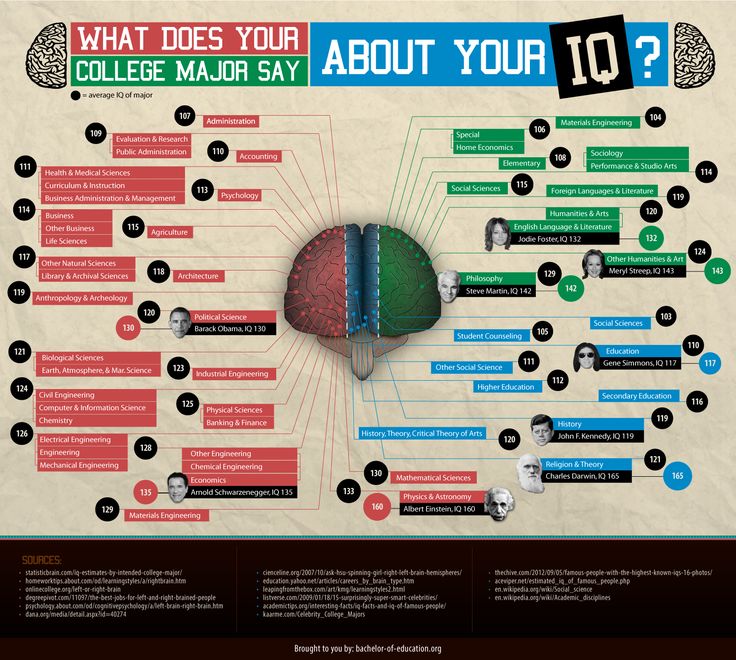
Why evaluate children with an IQ test?
In general, parents become interested in taking an IQ test of their children when they notice certain skills that indicate very high or very low intelligence.
However, one should not wait long to inquire about the mental development of a child. Because the sooner certain negative or positive skills are identified, the sooner they will be stimulated to learn.
Many highly intelligent or highly intelligent people grow up thinking they are different or have a special problem .
This causes them:
- Social exclusion and
- lack of sympathy,
Limiting their ability to make decisions and develop in society, because they do not know how people work and the world in general.
Having revealed your intellectual abilities in childhood, you could:
- Focused on developing the skills you excel at.
- Find an academic circle that best suits your abilities.
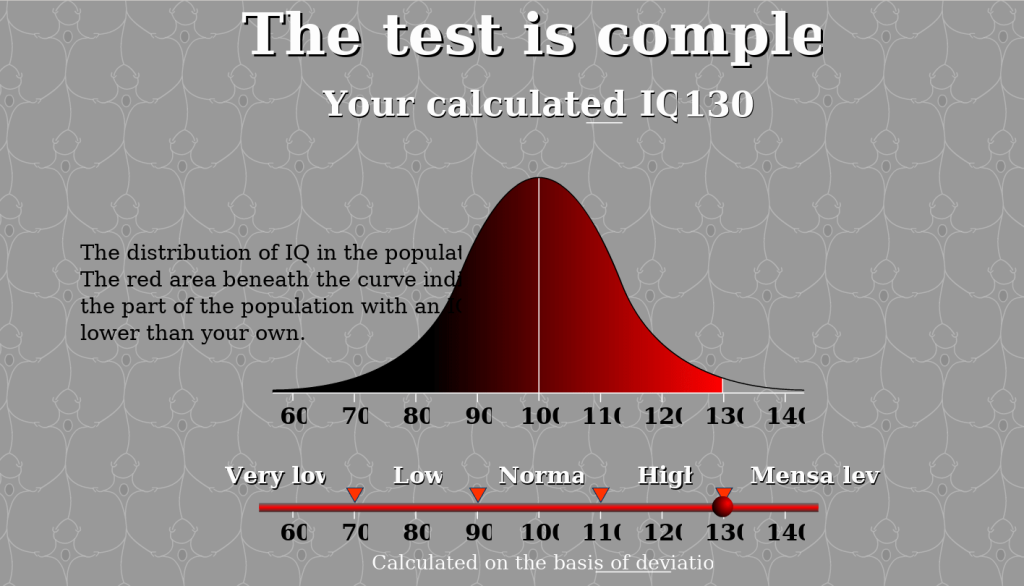
On the other hand, possible delays or deficiencies in mental development can also be identified.
These defects can be treated and taught in time if they are detected at an early age, giving the child a normal life.
As you can see, intelligence tests are vital, especially in childhood.
Today, with the ease that the Internet provides us with, we have no excuse for not getting information and accessing one of them on the Internet.
It is always nice to see how things are with our ability to analyze and associate, and this is possible from the comfort of our home.
You can solve the following intelligence test and get your IQ score in a few minutes.
IQ test for children 2 to 3 years old.
Tests with very specific characteristics other than 9 are used to assess intelligence in children 2 to 3 years of age.0033 IQ tests for adults must be used.
Paying attention to the details of how children learn is very important for early identification of big opportunities or delays that should not be the reason for labeling. but to improve their skills and obtain the knowledge required of them according to their intellect.
but to improve their skills and obtain the knowledge required of them according to their intellect.
The first thing to consider if we want to evaluate a child's intelligence closely monitors their learning time compared to the average learning time of other children their age.
For example, if the child:
- Advise to go to the bathroom before 10 months.
- Can speak at 2 years old.
- Learns to walk at 9 months.
- Able to breed up to 4 years.
These are some of the signs that may indicate that your child is a gifted child or that it is otherwise a handicap.
What tests are most commonly used to measure the intelligence of children aged 2 to 3?
Next I will mention 2 types IQ test for measuring intelligence in children from 2 to 3 years old :
BATELLE: Development Inventory
Designed for children from 0 to 8 years old.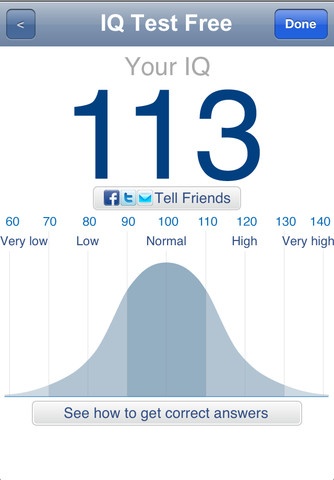
It measures children's skills in areas of development such as:
- Personal
- Social
- Adaptive
- Motor
- Communication
- Cognitive
There are 3 ways to make a diagnosis:
- Structured exam.
- Observation in the classroom or at home.
- Information provided by parents, guardians or teachers.
BAS II: Intelligence Scale
Aimed at children from 2 years 6 months to 5 years 11 months.
It allows deep measurements:
- Intellectual skills and
- Educational performance.
The BAS II provides IQ results in general, but also provides us with specific intelligence indices such as:
- Verbal and Spatial Index
- Perceptual thinking
- Non-verbal reasoning
You should be aware that the intelligence tests mentioned must be performed by a professional.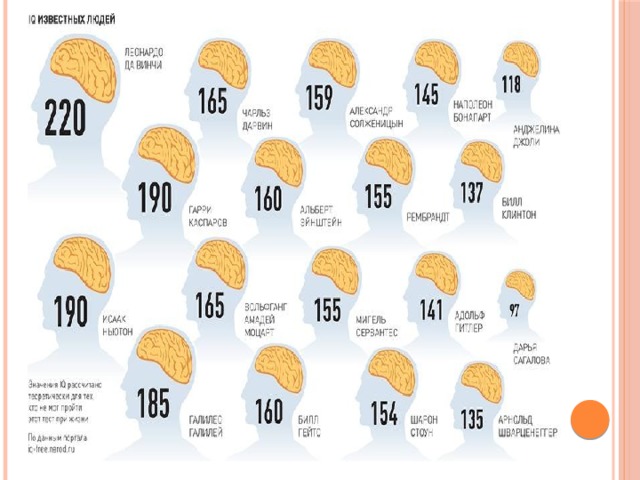 If you do not have access to it, you can take the following online intelligence test Valid for children (from 8 years old), from small to large.
If you do not have access to it, you can take the following online intelligence test Valid for children (from 8 years old), from small to large.
Intelligence test for children aged 4 to 6
We have asked ourselves many times:
- How smart are our children?
- There are intelligence tests for children from 4 to 6 years old ?
Although for the application of IQ tests without leaving home, we can apply a simple test that will allow us to know the approximate IQ of our children.
Please note that this test only gives an estimate of a child's mental age at the time it is taken, but does not predict any type of evolution in the future.
How can I find out the mental age of a child between 4 and 6 years old?
The first thing we have to consider is to do it as part of the game so that the child feels comfortable and can take the exam freely.
The exam consists of asking the child to take a drawing of a person .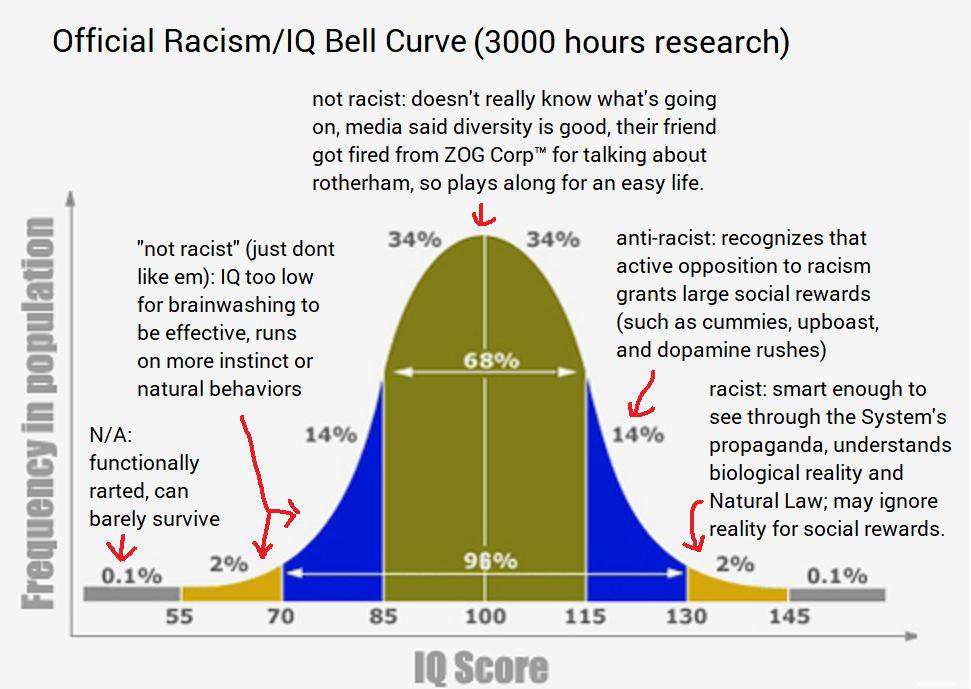
You should say that:
- You must do your best and
- has no time limits.
Evaluation parts list:
- Head
- Legs
- Hands
- Body
- Shoulder
- Hips
- Necks
- Eyes
- Nose
- Roth
- Hair
- Clothing
- Fingers
- Correct number of fingers
- Hands (distinguish fingers)
- Legs
- Ears
- Eyebrows
- Apprentices
Once the drawing is complete, we must carefully observe and assign a point to each completed detail.
Finally, we apply the following formula to get the mental age of the minor :
Mental age = ( Score / 4 ) + 3
How to calculate the IQ of a child between 4 and 6 years old?
For calculate the IQ of a child aged 4 to 6 we must:
- Divide the mental age determined in the previous step by the child's chronological age.

- Then multiply by 100 and get an approximate IQ.
- If the resulting IQ is greater than 100, the child's intelligence is above average.
- If it is much less than 90, it is advisable to consult a specialist to confirm the diagnosis of possible mental retardation or insufficiency.
Please note that test results may vary depending on the state of mind of the child and the environment in which the test is performed.
You can also take the online IQ test , preferably based on images.
We recommend that you solve the following intelligence test, it is valid for all ages from 8 years old.
What is the Wisc test for children?
The WISC Psychological Test for Children is a 9-based intelligence test0033 Wechsler Adult Intelligence Scale (WAIS) , developed by psychologist David Wexler, to assess the intelligence and intellectual abilities of infants and/or adolescents.
How is the WISC test different from other intelligence tests?
The WISC test is characterized by scoring different indicators of primary intelligence in the form:
- Verbal understanding
- Visuo-spatial abilities
- Free reasoning
- Working memory
- Processing speed
It also offers an overall total score including all the indices mentioned, Common IQ (CIT) .
Similarly, he gives us scores in indicators of secondary intelligence in the form:
- Quantitative reasoning.
- Auditory working memory.
- Non-verbal memory.
- Total capacity.
- Cognitive competence.
Who is the WISC intelligence test for?
B The WISC Intelligence Test is intended for children and adolescents aged 6 to 16 years whose IQ is to be determined at their own discretion or clinical recommendation.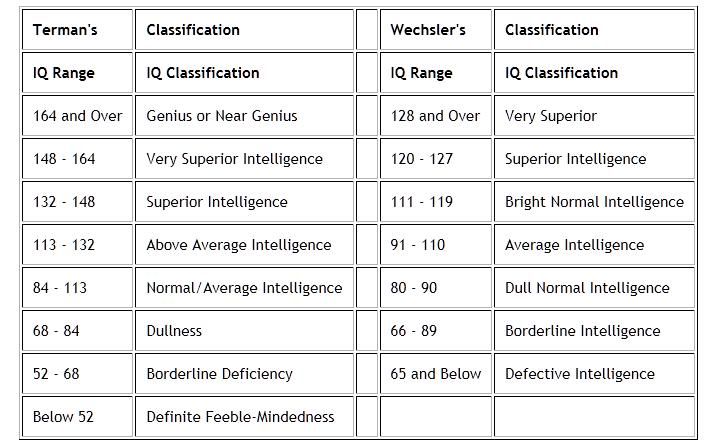
How do you know if a child is gifted?
People say that people are gifted when they score above 130 on an IQ test .
It is ideal to recognize the intellectual abilities of people in childhood. This way you can focus on developing the skills you excel at.
In general, many gifted people have a bad time in their early years due to high mental development. Because of this, they become incompatible with the preferences and activities of their age.
So, how can we know if a child is gifted?
The answer is with an official IQ test.
However, in many cases access is not easy or cheap. Therefore, before thinking about it, one must pay attention to the child and observe certain skills.
Now I will mention you 12 questions to ask yourself to identify a gifted child :
- Is it easy for a child to learn on his own?
- Did the child say his first word at about 6 months and his first sentence at about a year?
- Was the child able to carry on a simple conversation after a year and a half?
- Did the child already know the letters of the alphabet at 2 and a half years old?
- Did he/she learn to read earlier than his/her siblings and much earlier than you expected?
- Does the child ask a lot of questions about everything around?
- Is the child very creative?
- Does the child usually have concerns about morality or justice?
- Is the child very bored in class because he already knows the topics?
- Does the child easily remember information even on more complex topics?
- Does the child have a great curiosity?
- Does the child express dissatisfaction when he gets poor results / inferior to others? Does it usually turn into anger?
If you have already asked yourself these questions and answered yes to most of them, this is a clear sign that your child is intellectually above average compared to children of his age.
The next thing you can do is take an online IQ test, preferably based on images. In this way, you can assess their IQ and confirm their giftedness.
Do not forget to also stimulate him in his family and school environment so that he does not lose his curiosity and thus does not stop learning. This will help him to show and develop his high abilities.
Online IQ test for children aged 8+
Select the desired shape from the four numbered ones:
1
2
3
4
Insert a word that would end the first word and start the second. Write the word in capital letters
TEA
Solve the anagrams and eliminate the extra word. Write the word in capital letters
All other words denote dishes: plate, spoon, cup
SUITCASE
Insert the missing number
Subtract the number on the door from the sum of the numbers in the windows
11
Insert a missing word. Write the word in capital letters
1 letter of the missing word is the last letter of the previous word; 2 letter of the missing word is the fourth letter of the previous word; 3 letter of the missing word is the third letter of the next word; The 4th letter of the missing word is the fourth letter of the following word
TOAD
Fill in the missing number
Add all numbers outside the brackets
21
Continue the series of numbers
Each number is obtained by adding 2 to the previous one and dividing the result by 2
3
Solve the anagrams and eliminate the extra word.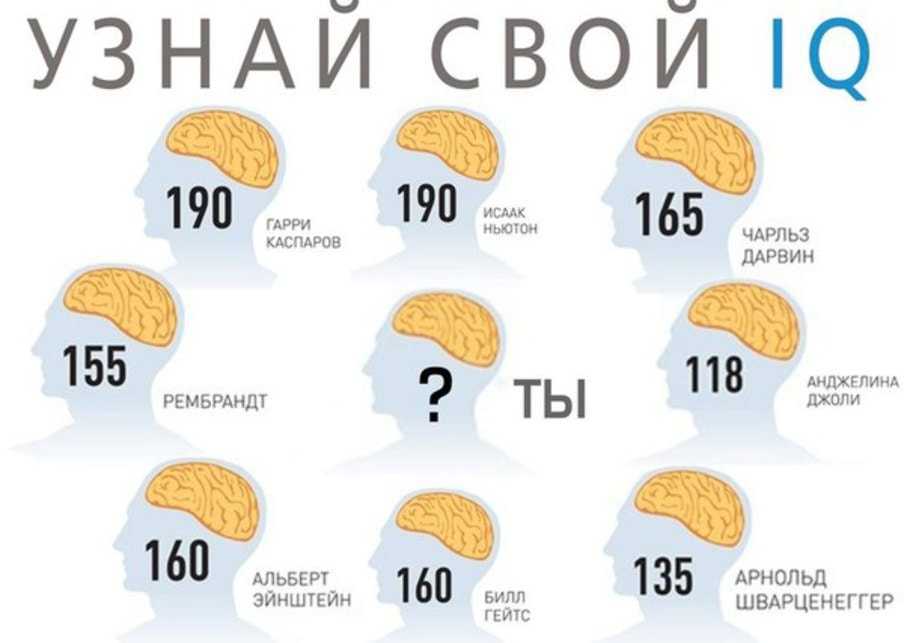 Write the word in capital letters
Write the word in capital letters
All other words denote home furnishings: table, sofa, armchair
DOUGH
Select the desired figure from the numbered ones
Circle, triangle and square can be both external and internal figures and can be black , white or shaded. Each of these signs occurs only once in a row or in column 9.0035
1
2
3
4
5
6
spot. Each rectangle has two such figures
1
2
3
4
5
6
0035
AND
Insert a word that would end the first word and start the second. Write the word in capital letters
SHOCK
Insert the missing number
The numbers in the left half of the circle are three times larger than the opposite numbers in the right half of the circle
54
Insert the missing number
In each row, the third number is the sum of half of the first number doubled second
11
Insert the missing number
The number in brackets is the difference between the numbers outside the brackets
27
Fill in the missing letters.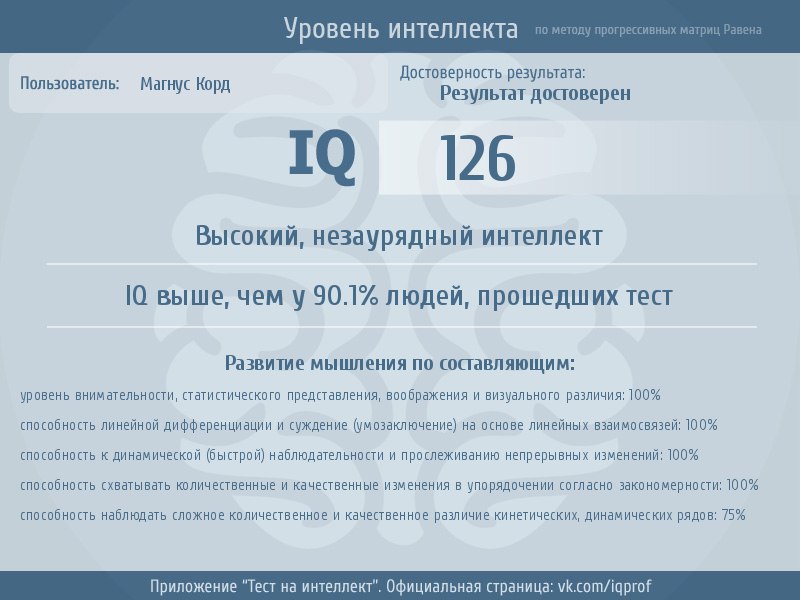 Write capital letters with a space
Write capital letters with a space
the word DOUBT, read counterclockwise
M AND
Select the desired figure from the numbered ones
The circle can be without lines, it can have a horizontal or vertical line. And small circles can be in one of three positions. In addition, they have different hatching
1
2
3
4
5
6
Select the desired figure of six numbered
The third figure of each horizontal row consists of elements of their row, which are not common for them
1
2
2 2 2 2 2 2 2 2 2 2 34
5
6
Fill in the missing number
0032 Insert the missing number
Double the sum of the numbers outside the brackets
76
Insert the missing word. Write the word in capital letters
1 letter of the missing word is the last letter of the previous word; 2 letter of the missing word is the second letter of the previous word; The 3rd letter of the missing word is the fifth letter of the next word; The 4th letter of the missing word is the fourth letter of the following word
KOZHA
Insert a word that would end the first word and start the second.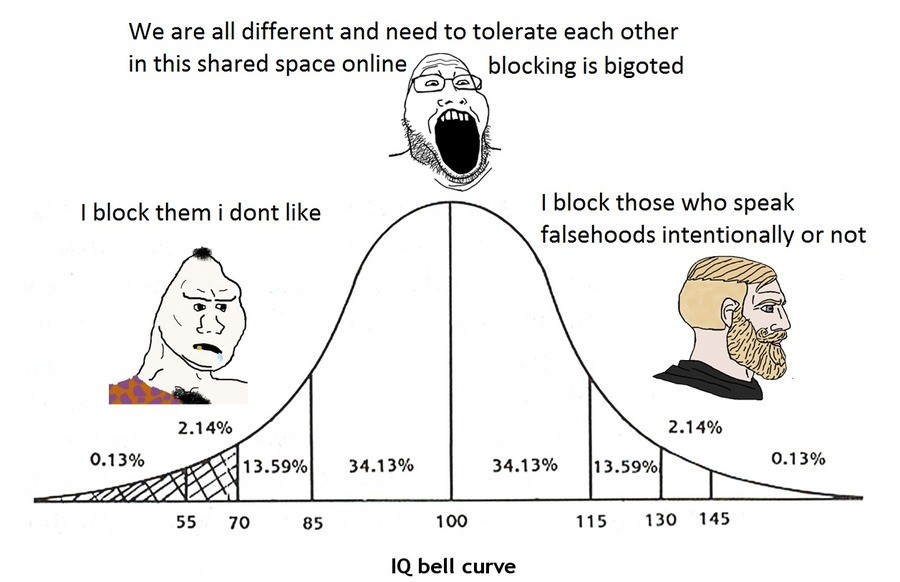 Write the word in capital letters
Write the word in capital letters
LAD
Solve the anagrams and eliminate the extra word. Write the word in capital letters
The remaining words indicate the types of vessels: barge, yacht, boat
SKUNS
Insert a word that would mean the same as the words outside the brackets. Write the word in capital letters
BRUSH
Insert the missing letter. Write capital letters separated by spaces
The word UNITY, read clockwise
E E
Select the desired figure from six numbered ones
There are three types of main figures, each of which has either a + or an arrow or x
1
5
3
4
5
6
Select the desired shape from the numbered
There are three types of pots, three types of stems and three forms of flowers. The flowerpot can be white, black or shaded. Each of these features occurs only once in row or column 9.0035
1
2
3
4
5
6
Insert the correct figure out of the six numbered
tires facing outward; spikes pointing inward count as -1.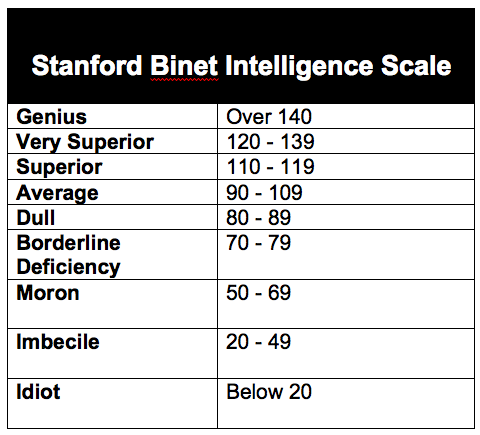 In each horizontal row, the last figure is considered as the sum of the previous two figures. Write the word in capital letters
In each horizontal row, the last figure is considered as the sum of the previous two figures. Write the word in capital letters
Letters 1 and 2 of the missing word are the fifth and third letters of the preceding word, respectively, and letters 3 and 4 of the missing word are the first and fifth letters of the following word
GROT
Insert a word that would mean the same as the words outside the brackets. Write the word in capital letters
SCREW
Fill in the missing number
Cube the numbers 1, 2, 3 and 4 respectively
64
Fill in the missing word
Letters 1 and 2 of the missing word are the fifth and first letters of the preceding word, respectively, and letters 3 and 4 of the missing word are the fifth and third letters of the following word, respectively. Write the word in capital letters
The rest of the words denote parts of the house: wall, roof, window
TUESDAY
Fill in the missing letter and the missing number.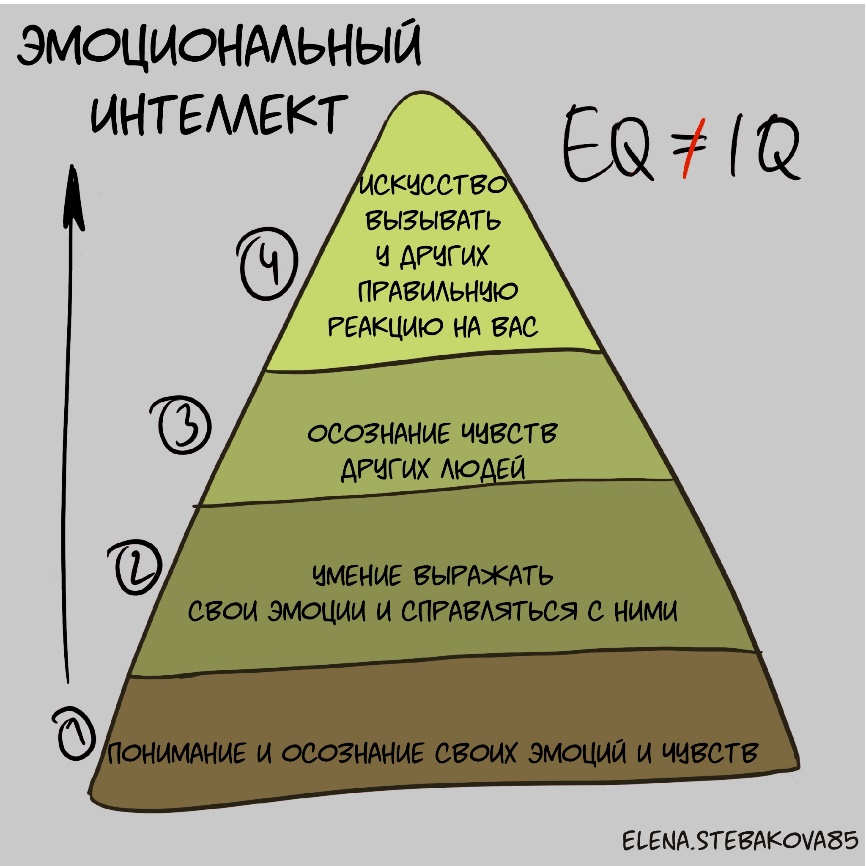 Write a capital letter and a number separated by a space
Write a capital letter and a number separated by a space
Letters go in alphabetical order through one alternately in the numerator and denominator. The numbers corresponding to the ordinal number of these letters in the alphabet are arranged in a similar way
F 7
Insert a word that would mean the same as the words outside the brackets. Write the word in capital letters
LIP
Fill in the missing word. Write the word in capital letters
Letters 1 and 2 of the missing word are the first and fourth letters of the previous word, respectively, and letters 3 and 4 of the missing word are the second and third letters of the next word, respectively
ROSA
Select the desired shape from the six numbered
Each row and column has three types of different balls, three head shapes, three boot shapes, and three hand positions. Those shapes and positions that are not in the first two drawings of the third row should be in the missing drawing skirts, three hand positions, three types of shoes
1
2
3
4
5
6
Select the desired figure of the six numbered
The second and third figures of each row contain one of the elements inside the first figure 90 degrees
1
2
3
4
Low level of intelligence
Based on the answers, the level of intellectual development of the child is below average.
